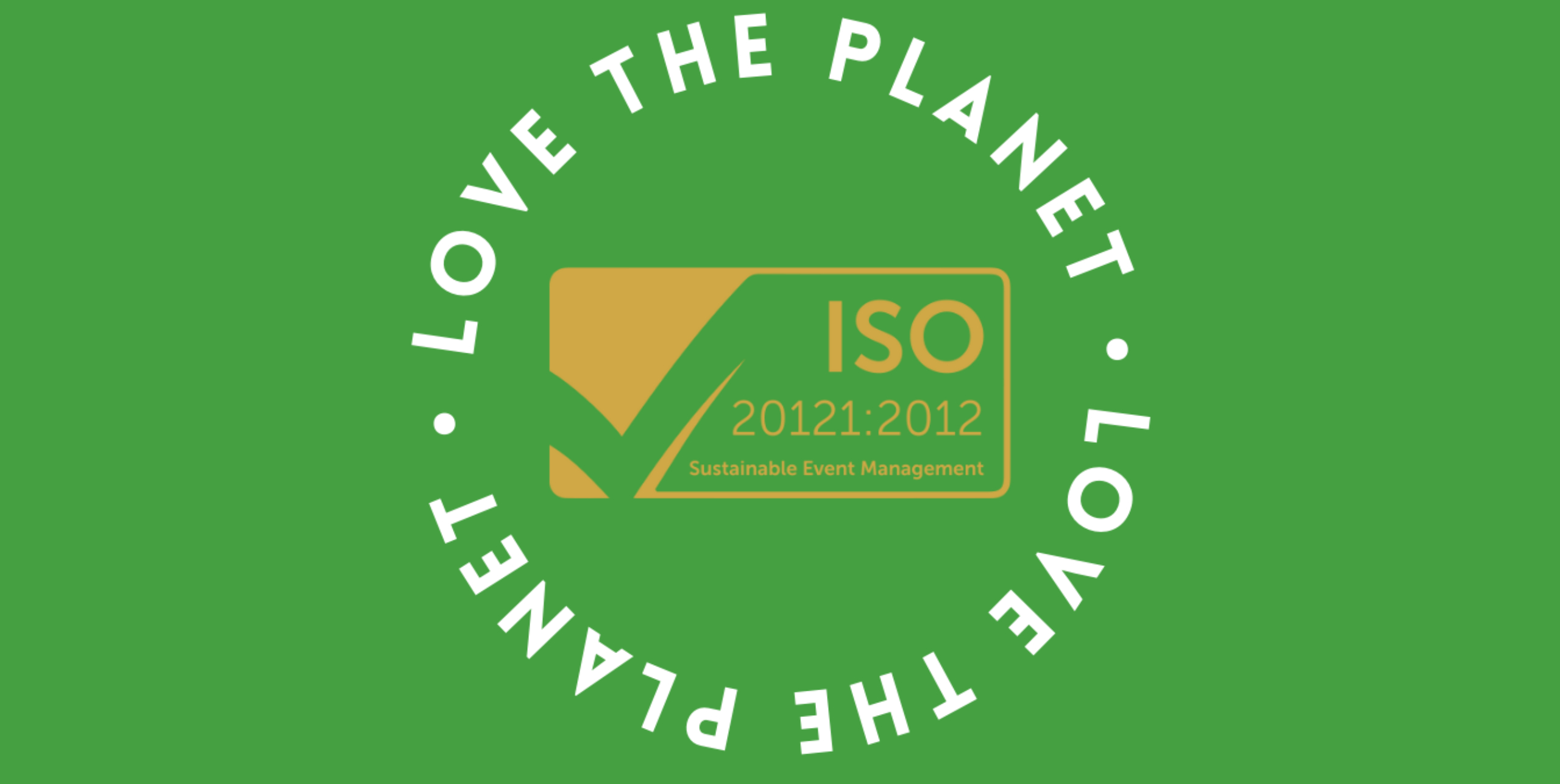Why do we still go to COP?
COP 2022 ended not so long ago and we’re already thinking about 2023…
Why? Well, it’s perhaps because COP is the most important summit of the year, deciding on the future of the planet (no pressure folks). We are all playing our part to help the environment, but there is an elephant in the room here. In this modern world of social virtual reality, where technology means we can easily converse with people around the globe, attend conferences and concerts online, why do we still go to COP?
We live in an age of technology where we can do pretty much anything remotely. Doctors appointments are being held over video calls, university courses are being taught 100% remotely, concerts online get millions of virtual attendees. So, do the 35,000 people who went to COP27 really need to attend in person? Or is there a better way?
If this question were asked 4 years ago it would be laughed off the screen you are reading this on, but we have had to completely reimagine modern living over the past few years. We’ve seen what is possible with remote communications, but likewise we have seen what is not possible.
If we truly are capable of living fully virtual lives, as Mark Zuckerberg seems to think we are, why are we seeing a return to in person events? Why are we coming back into the office for a day or two a week? It’s because we enjoy human interactions. We cannot get all we need as social creatures from a video screen. Collaboration is a big one here, having a workshop where you are throwing around ideas, sharing notes, having side conversations, exchanging facial expressions and conveying emotion through our body language, these are things that simply cannot be done virtually. Well, not yet. Give it time. Social VR and second-gen avatars are being developed that capture our unique quirks and mannerisms. For now, COP it’s not about virtual alternatives.
COP after all is a giant workshop where the most influential people on climate change come together to work out the greatest challenge of our time. Solving the planet’s climate challenges is the ultimate collaboration. Stakeholders, who in the normal course of their industry gatherings, wouldn’t have the same opportunity to connect, can at COP.
Manufactures and producers need to connect with government, finance, tech, energy, battery storage innovators, academia and NGOs, to name just a few. Every industry has its own way of working, so the face-to-face connection is essential. To understand different communication-styles, processes, and perspectives. These nuances of human behaviour and culture require face-to-face contact.
We need difficult conversations to happen. We need tough negotiations. We need our world leaders to actually agree on something. There can’t be any hiding behind a mute button or a faulty webcam. So whilst it would be technically possible to make COP virtual stakeholders need the face-time to connect the ecosystems, to engineer systemic change. It needs the spectacle of what it is, to remind its attendees and the world why COP is so important.
Besides, why are we so quick to demonise COP’s 35,000 attendees? It may sound like a lot, but it’s not the largest in person event in the world by a long shot. The 2022 world cup final was attended by almost 90,000 people. Glastonbury has over 200,000 attendees. Summerfest in Wisconsin attracts 800,000 visitors each year. 3.3 million people attended the Donauinselfest festival in Vienna in 2015, outnumbering COP attendees 94 to 1.
But that doesn’t mean that more cannot be done to make COP digital, climate change impacts all of us 8 billion earthlings. 35,000 attendees is around 0.0004% of that. The vast majority of us are missing out, only able to see the news coverage and reading post event blogs (like this one…) but unable to take part. How can we make COP an event that anyone can attend and participate in? No matter their physical or financial barriers?
Well thankfully this isn’t a new idea, there is a small but concerted effort to allow for digital participation. At COP27, Standard Chartered Bank and McKinsey & Company both offered an opportunity to engage with the summit from anywhere with an internet connection. McKinsey in particular, hosted a series of panel discussions about the hot topics of COP, helping those who were unable to attend still engage with the summit, live.
Going forwards, there is simply no excuse to not engage a wider audience in new ways, like social VR and the Metaverse (whether access on screen or in a headset) or hybrid-events with augmented reality.
At Shelton Fleming, we’re hopeful for the future. We’ll be encouraging clients we work with, to follow the examples of McKinsey and SC, and embryonic developments in the Metaverse, to make COP28 the catalyst for coordinated transition of industries and societies.










